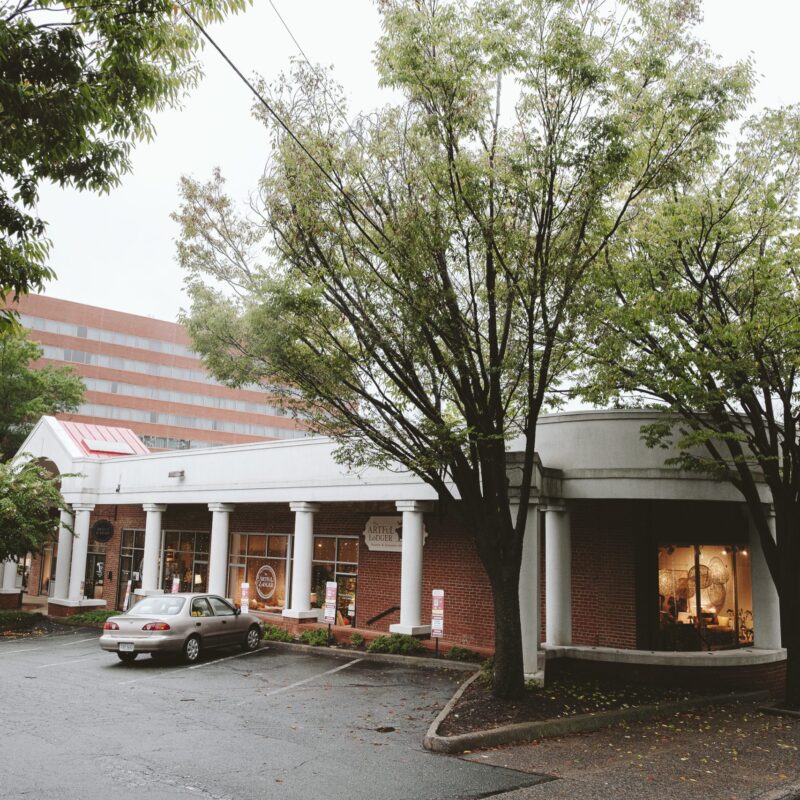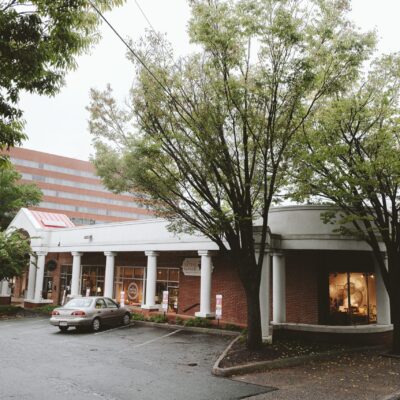Dear Ace: I remember going to Ash Lawn when I was younger and seeing a whole colony of peacocks wandering the grounds. I went recently and there were just a few. Where’d they all go?—Courteney P. Cox
Courteney: Monticello gets all the love, but Ace has always been partial to James Monroe’s Ash Lawn-Highland. The house is a little cozier, the estate a little more open and the peacocks a little more existent. But yes, there are certainly fewer of the birds than there used to be. What happened? Ace has heard a rumor that the peacocks were banished for, er, gumming up the works—turning a lovely stroll through Monroe’s estate into a perilous trek through a minefield of, well, peacock crap. But Ace, dear reader, doesn’t deal in rumors. He had to get the poop on the poop.
The actual answer is somewhat less titter-inducing. In 1976, Ash Lawn got its original ostentation of 13 peafowl (yep, “ostentation” is really what you call a group of peacocks, though “a muster of peacocks” and “a pulchritude of peacocks” are also acceptable. Ace couldn’t make this stuff up). Ash Lawn’s staff thought numerology was cute and, what with the bicentennial coming up, claimed that each bird represented one of the original 13 colonies. Ash Lawn-Highland Director Carolyn Holmes tells Ace, however, that no one could actually tell Massachusetts from New Jersey from Virginia. So what happened?
Well, nature took its course, as nature tends to do, and by 1980, Ash Lawn-Highland had 44 peafowl—quite ostentatious indeed. “That was way too many,” explains Holmes. “With the summer music festival, we didn’t want them roosting on the stage, and the gardeners didn’t want all their seedlings gobbled up.” No official comment on the peacock poo, but Ace reckons 44 of those glorified turkeys could make quite a mess. So Ash Lawn just let nature take its course again and didn’t replace the peafowl that died of old age or got attacked by animals or failed to have chicks. There were some that got sent away, but only in exchange situations, to keep things interesting (i.e., noninbred) among the birds. Today, Ash Lawn has one male and several females in captivity and another male that wanders the property, as 44 of his relatives used to. Now if you’ll excuse Ace, he’s got some other animal group names to look up. Did you know a group of rattlesnakes is called a rhumba?





